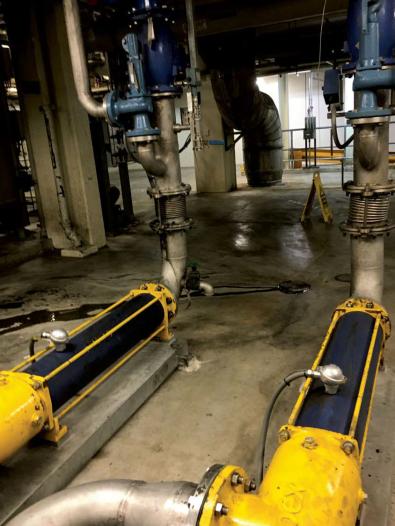Artificial neural network software has been developed to design and optimise sludge pipelines at the Eastern Treatment Plant, and visualise sludge flow. Read the case study to learn more.
Sustainable Development Goals:
Goal 6: Clean water and sanitation
Goal 9: Industry, innovation and infrastructure
Background
Our Eastern Treatment Plant treats over 350 million litres of sewage each day. This process separates the solids from the liquid, creating a dilute sludge that is pumped to and from digesters.
Designing pipelines for pumping sludge is complex and problematic. Sludge behaves unpredictably in the pipeline depending on its concentration, particle size, and the way they settle out if the sludge is not continually mixed. This settling out of sludge particles can lead to pipeline blockages, which are difficult to clear.
Research focus
While there are a number of methods for designing sludge pipelines, most do not offer effective or economical design solutions. As a result, sludge pipelines have tended to be overdesigned.
To find a more effective solution for the Eastern Treatment Plant’s sludge pipelines, we are collaborating with RMIT University and the Perth-based Water Corporation. The project team collected data over 12 months on the properties of three different types of sludge at Eastern Treatment Plant to develop a software platform for sludge pipeline design.
The result is the artificial neural network software, which can predict the performance of the sludge and can be used to design and optimise sludge pipelines, as well as allowing visualisation of the sludge flow.
Outcomes
Work to further expand the use of this software platform is ongoing.
You may also like...
Delivering on the Sustainable Development Goals
This report outlines Melbourne Water's unwavering commitment to advancing sustainability through the United Nations Sustainable Development Goals (SDGs).
